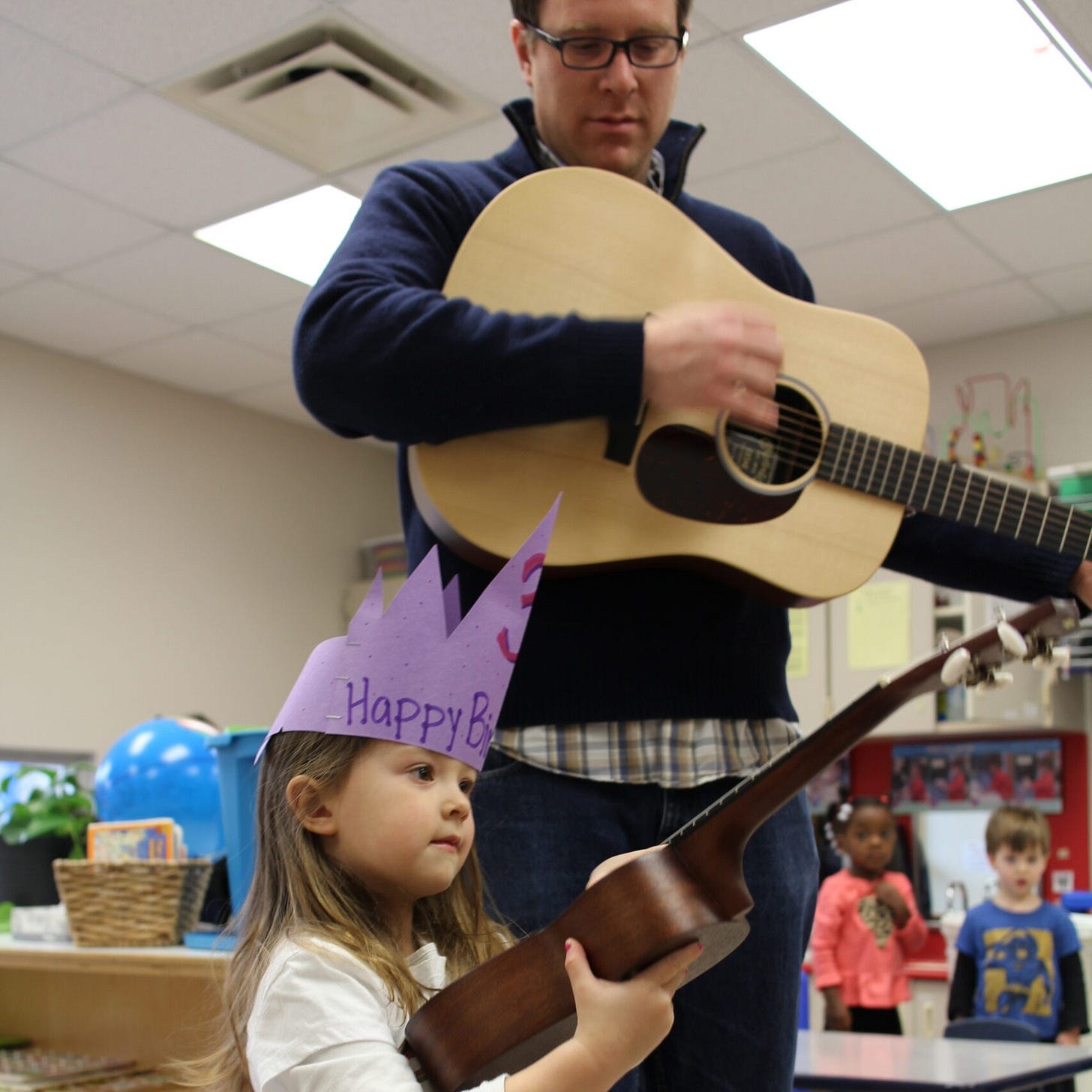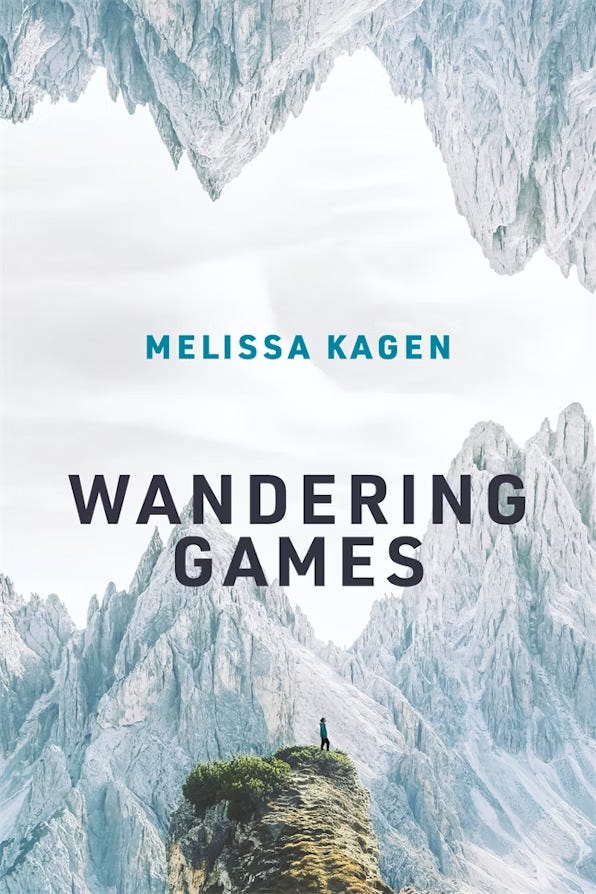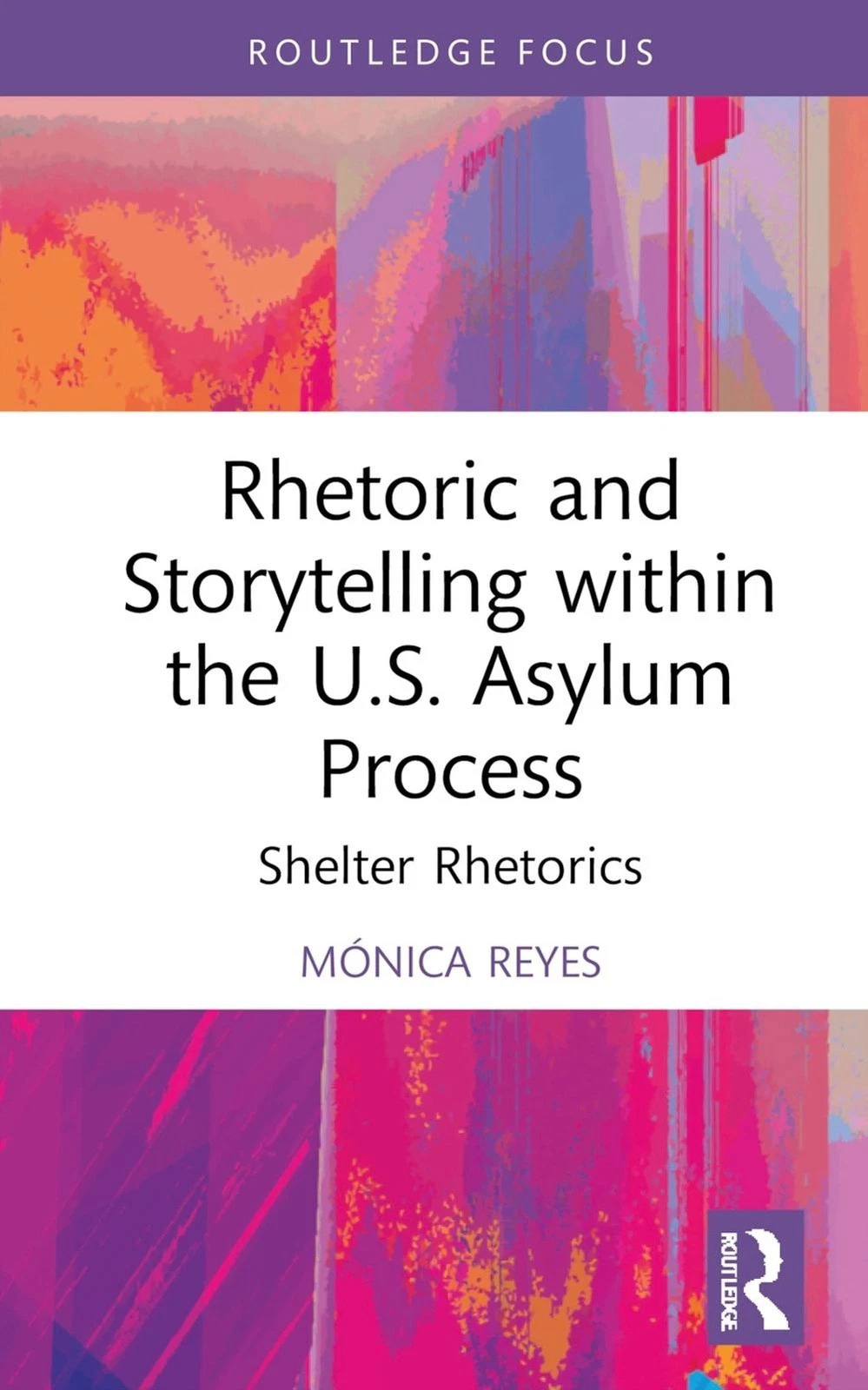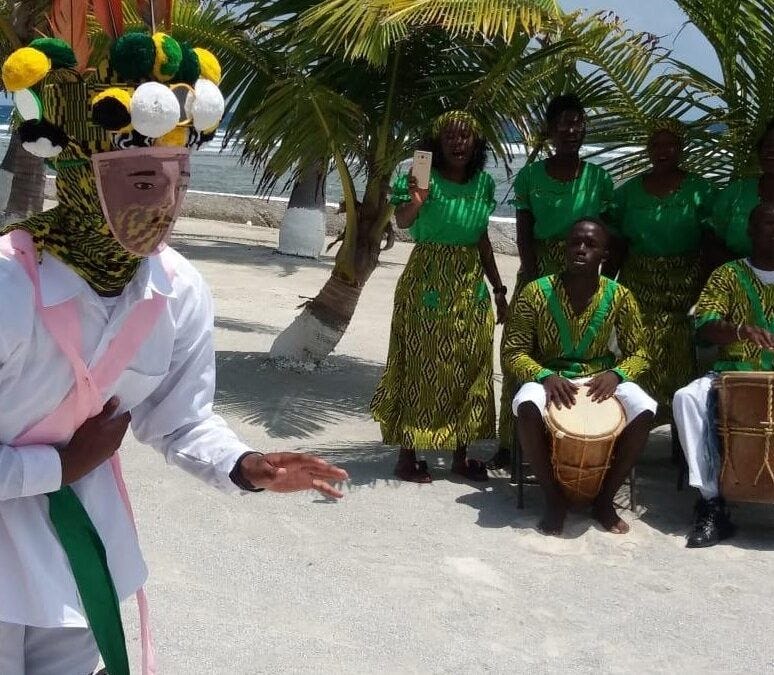Teetering ‘To Do’ Lists and Restful Summers
Summer should feel like a restorative pause, a stretch between spring and fall semester in which academia falls to a lower tier of priority. Yet even though it’s June, I can feel my To Do list haunting me, pages of my calendar filled with nudges to meet deadlines and delve into research. Even writing this Substack post has expanded into several squares on my calendar as I attempt to rally the attention and/or space to sit before my computer and type the words.
This summer marks the end of the majority of my graduate coursework, with only a language requirement remaining. Having finished the second year of my PhD at the University of Pittsburgh, I am entering the comprehensive exam (called projects at Pitt) phase of my degree, and I am more fully submerging myself into thinking about my work in relation to the field of Rhetoric & Composition at large. And it’s admittedly daunting, reminders to research and produce cluttering more spaces on my calendar. I find myself entering a new balancing act, teetering between project research and building a syllabus for a new (to me) undergraduate course, preparing for two fall conferences, and mentoring other PhD students who are new to teaching at Pitt. Each comes with a tiered list of tasks, and a dozen others pressing between them. Because it’s never “just sending an email,” but revisiting previous correspondence or composing and revising questions to ask, and at the same time, I’m thinking about what to cook for dinner, how much time I’ll need for cutting vegetables or mixing ingredients, the tasks extending far beyond a 9-5 workday.
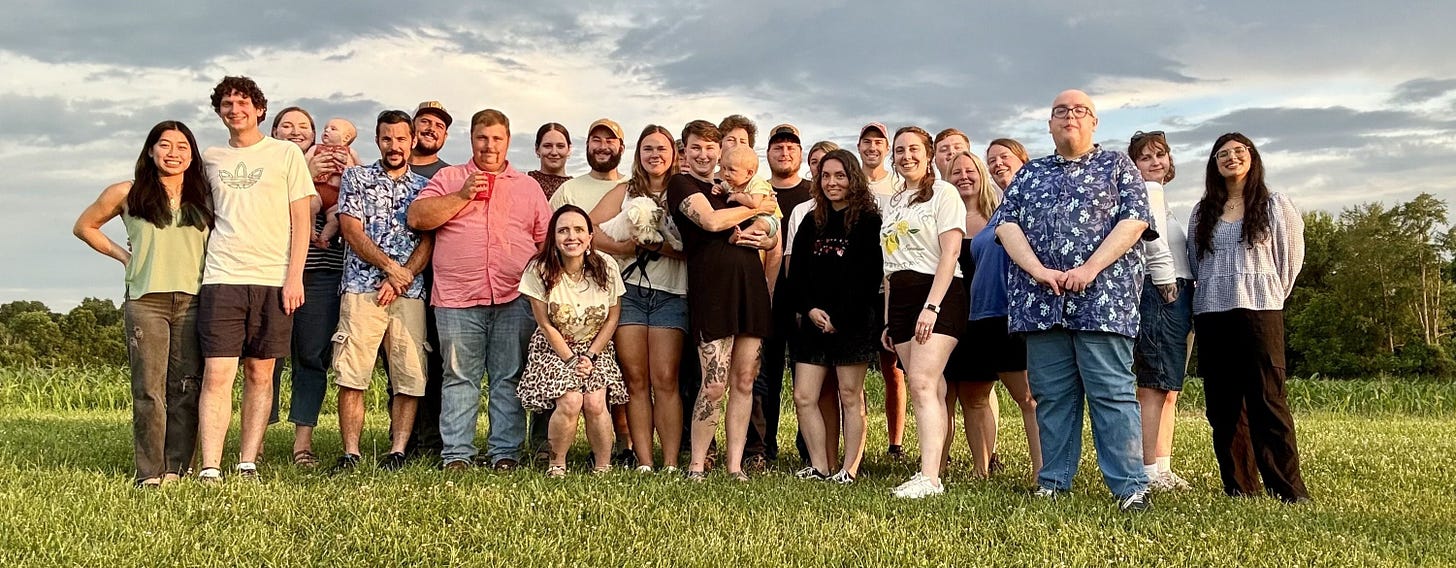
And in the background–the political circus that is the US government, each day bringing new headlines that try to top those of the previous days, weeks, months. But I–like so many in academia–have to remind myself to breathe and create gaps for myself to exist. Summer stretches before me, though it will no doubt slip through my fingers quicker than I imagine. Still, I reach for the moments where I connect with friends and my sprawling, extended family. We craft; we visit parks, build community, and strengthen existing connections. We listen and learn from one another, and we manage to live in between professional demands and the fraught political climate, which impresses itself into as many facets of our lives as it can. Instead of living chronically online, whether scrolling through social media like Instagram or BlueSky or digging through library databases, I try to find life outside the digital realm. We academics have the joy and responsibility to teach future generations, so I think about how, this fall when I return to teaching, I might translate that feeling to my students. What readings or projects can they explore? How can their extracurricular lives meld with their studies, and vice versa? And can I avoid burning myself out in the interim? These are questions many of us ponder during the summer. Yes, we’re at break but we’re also thinking of the fall and how we can prepare for it.
For now, I tell myself that I will check off all my To Dos in time, that I still have nearly two months to work and research. I remind myself that breaks are necessary, and that reading that novel off my To-Be-Read list or spending time with a friend can be more important than researching, if only for today.
Conversation
Restoration and Connection: Where Rhetoric Meets Art
by Alexandra Hidalgo, Ben Lauren, and Luhui Whitebear
Moderated by Catheryn Jennings and Megan Simmermeyer
“I look at creative works as a form of translation to the people as well. Not everyone has to use or learn academic language to think critically, and I feel like creative works are a way to help people engage with this.”
Book Review
Walking Toward Meaning: A Review of Melissa Kagen’s Wandering Games
by Tommie Leigh McPhetridge
“Wandering Games would be particularly useful for those trying to understand how video games can act as vessels of critical discourses and often engage in theoretical understandings of the world, both fictional and real.”
Book Review
Giving Voice and Listening to the Asylee: A Review of Mónica Reyes’s Rhetoric and Storytelling within the U.S. Asylum Process: Shelter Rhetorics
by Tomas Maldonado
“Relying on what she identifies as ‘shelter rhetorics’—idiosyncratic, everyday rhetorical practices that protect people’s vulnerabilities while also giving them agency in unstable situations—as presented in audio-recorded interviews, resident drawings, and photos, Reyes conducts a thorough case study of what asylees endure through the asylum process.”
From the Vault
I recommend the article “Wanaragua: An Embodied Performance of Resistance, Recognition and Resilience Among The Garinagu of Belize” by Felicita Arzu Carmichael, in which the author examines the rhetorics of the performance of the Wanaragua dance. Though largely performed during the Christmas season, the dance embodies year-round acts of resistance and resilience stemming from the slave trade. The message of Wanaragua persists as relevant, particularly as our current administration actively harms non-dominant populations/identities and exacerbates division. As Carmichael writes, “[T]he ways in which we perceive our own identity is informed by the (mis)recognition by others; thus, ‘a person or group of people can suffer real damage, real distortion, if the people or society around them mirror back to them a confining or demeaning or contemptible picture of themselves’ (Taylor 25).”
by Felicita Arzu Carmichael
“But the Wanaragua is more than just a vibrant dance; it represents the most culturally significant part of the Christmas celebration. It is an embodied performance of resistance and resilience for the Garinagu of Belize.”
Production Credits for Post
Written by Megan Simmermeyer
Edited by Alexandra Hidalgo
Posted by Natalie Cohen






